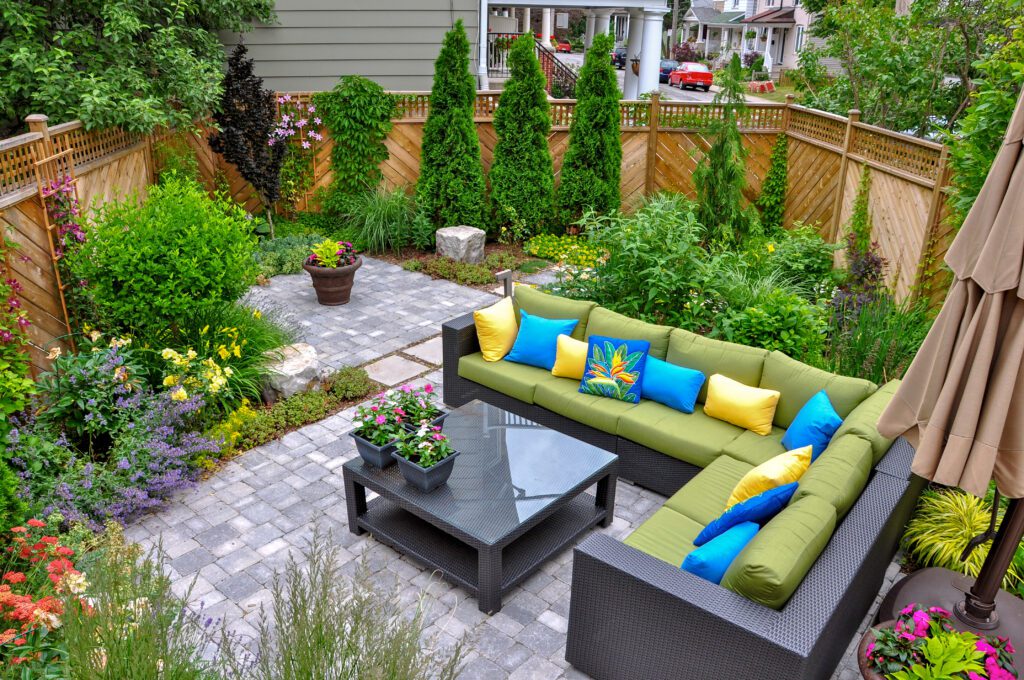Beginner’s Guide to Landscaping: Creating Your Dream Outdoor Space
Landscaping Tips for Creating the Perfect Outdoor Space
Spring is the perfect time to begin landscaping projects, especially if you’re new to the process. With the right guidance, you can turn your outdoor space into a beautiful and functional area that enhances your home and brings joy for years to come. Landscaping doesn’t have to be overwhelming—this beginner-friendly guide will walk you through the essential steps to get started and make your vision a reality.
Define Your Landscaping Goals
Before diving into any landscaping work, take some time to reflect on your goals. Think about how you want to use your outdoor space. Are you looking to create a relaxing retreat, a play area for kids, a garden for growing vegetables, or a combination of all three? By identifying your priorities, you’ll have a clear direction for your project.
Additionally, consider your budget and the amount of time you can dedicate to maintenance. Some landscaping designs require more upkeep than others, so it’s essential to choose features that align with your lifestyle.
Assess Your Outdoor Space
Understanding your outdoor space is a crucial step in landscaping. Walk around your yard and make note of its features:
- Sunlight and shade: Observe which areas get full sun, partial shade, or full shade throughout the day.
- Soil type: Test your soil to determine its texture and pH level, as this will influence the types of plants that will thrive.
- Existing elements: Consider any existing trees, shrubs, or structures that you want to keep or remove.
- Drainage: Identify low spots or areas where water tends to collect.
By understanding the natural characteristics of your yard, you’ll be better equipped to plan a successful design.
Start with a Simple Design Plan
Beginner landscaping projects should focus on simplicity. Sketch a basic layout of your yard and mark where you’d like to add elements such as garden beds, pathways, or seating areas. Keep in mind these beginner-friendly principles:
- Create focal points: Features like a tree, water fountain, or colorful flower bed can draw attention and anchor your design.
- Think about flow: Plan pathways that guide movement through the space and connect different areas seamlessly.
- Layer plants: Use a mix of tall, medium, and low-growing plants to add depth and dimension.
- Leave room for growth: Avoid overcrowding by spacing plants appropriately to accommodate their mature size.
Choose Plants Wisely
Plant selection is one of the most exciting parts of landscaping. Start by researching plants that thrive in your climate and soil type. Native plants are a great option for beginners because they require less maintenance and are better adapted to local conditions.
When selecting plants, consider a mix of:
- Perennials: Long-lasting plants that return year after year.
- Annuals: Seasonal flowers that provide bursts of color.
- Shrubs and trees: Provide structure and height to your landscape.
- Ground covers: Fill in spaces and prevent weeds.
For a low-maintenance landscape, choose plants with similar sunlight and water needs to simplify care.
Invest in Quality Tools
Having the right tools can make your landscaping project more manageable and enjoyable. Some essential tools for beginners include:
- A sturdy shovel and spade for digging.
- A rake for leveling soil and collecting debris.
- Pruners for trimming plants and shrubs.
- A wheelbarrow for transporting materials.
- A garden hose or watering can for irrigation.
Start with the basics and add to your collection as your skills and projects expand.
Focus on Hardscaping
Hardscaping elements like pathways, patios, and retaining walls provide structure and durability to your landscape. For beginners, simple hardscaping projects can make a big impact without requiring advanced skills. Some ideas include:
- Laying a gravel or stone pathway to connect different areas.
- Installing a small patio or deck for outdoor seating.
- Using edging materials to define garden beds and keep them tidy.
Hardscaping not only enhances the aesthetic of your yard but also makes it more functional.
Start Small and Build Over Time
As a beginner, it’s important to start with manageable projects. Focus on one area of your yard at a time rather than trying to tackle everything at once. For example, you might begin with a single flower bed or a small vegetable garden and gradually expand as you gain confidence and experience.
Starting small allows you to learn from each project and make adjustments along the way. It also ensures that your landscaping efforts don’t become overwhelming or overly time-consuming.
Maintain Your Landscape
Once your landscaping project is complete, regular maintenance is key to keeping it looking its best. Basic maintenance tasks include:
- Watering plants regularly, especially during dry periods.
- Mulching garden beds to retain moisture and suppress weeds.
- Pruning shrubs and deadheading flowers to encourage healthy growth.
- Removing debris and keeping pathways clear.
Establishing a maintenance routine will help protect your investment and ensure your outdoor space remains beautiful throughout the seasons.
Enjoy the Process. Grow Your Dream Yard—One Step at a Time
Landscaping is as much about the journey as it is about the finished product. Take time to enjoy the process of creating and caring for your outdoor space. Whether you’re planting flowers, designing pathways, or simply relaxing in your newly landscaped yard, each step is an opportunity to connect with nature and improve your home.
With these beginner-friendly tips, you’re ready to take on your first landscaping project and create a space that reflects your style and meets your needs. Spring is the perfect season to get started, so grab your tools and start transforming your yard into the outdoor oasis you’ve always dreamed of.





